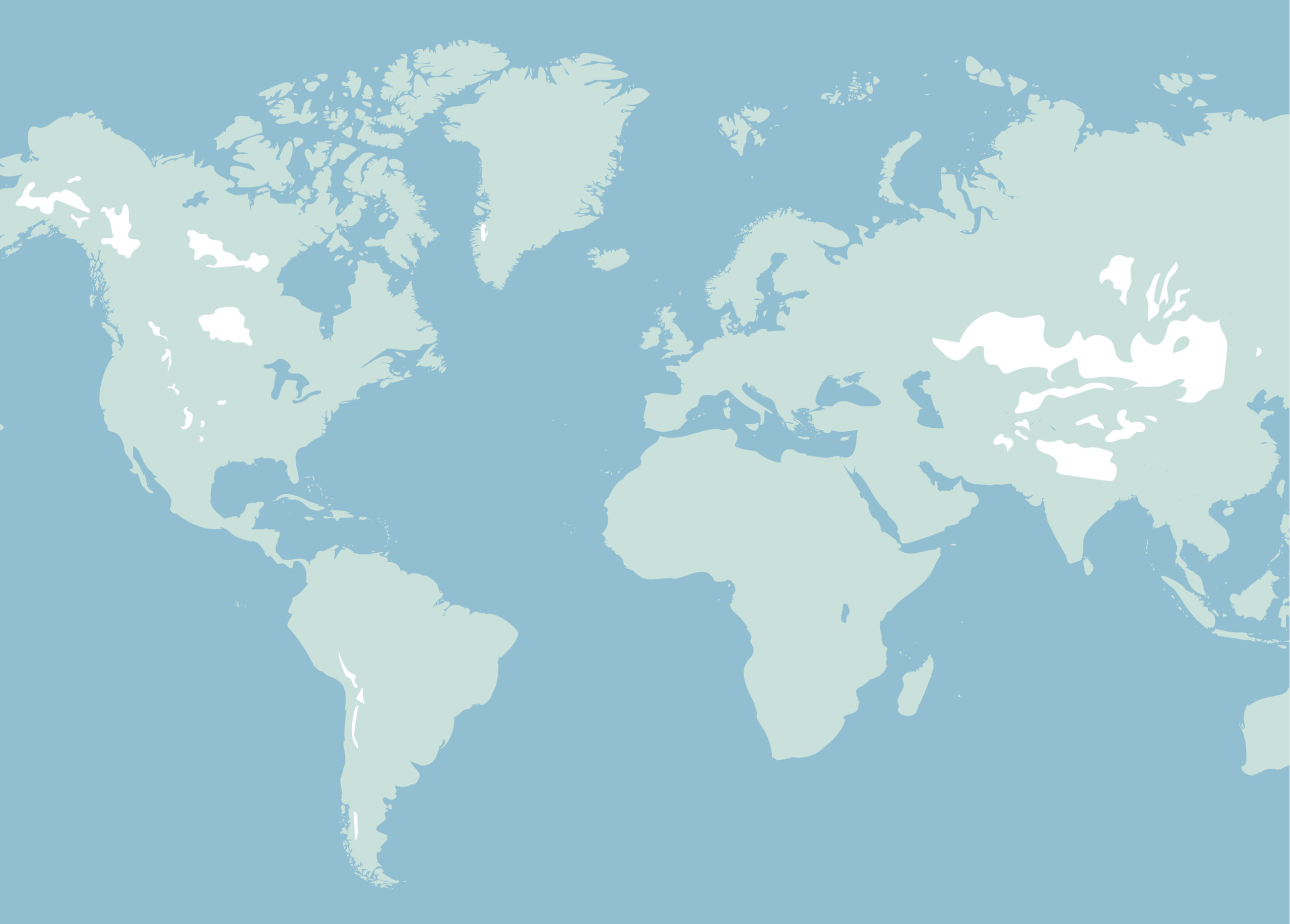Covering technologies
Snowcover
The snowmaking system of the MortAlive project is intended to help counteract the problem of melting glaciers. Snow protects the underlying ice from melting because it has an insulating effect and reflects a large proportion of the sun's rays. As long as the glacier is covered with snow, the ice will not melt.
This will preserve the glaciers as a reliable water reservoir for future generations and secure their water supply and thus the livelihood of the people. To make such glacier protection projects possible, a ground-independent snowmaking system is needed.
You might now ask yourself why you don't have a Fleeceabdeckung used. Fleece is only suitable for small glaciers. Large glaciers are too big and have too much ice movement. The innovative snowmaking system differs from conventional snowmaking systems, it is specially designed for glaciers.¹

Snowproduction
Meltwater is collected in reservoirs, converted into snow at sufficiently low temperatures and distributed on the glacier by snow cables. Snow blowing pipes are installed at 40-metre intervals, which enables large-scale automatic snowmaking.
With the Swiss patented “Nessy-system“ it is possible to produce snow without electrical energy. Only 200 meters of height difference between the water source and the snow cable are required to generate the necessary pressure of 20 bar in the water pipe.

From study to the project
Following a feasibility study¹ from 2015, scientists tested their theory on a small glacier in the Diavolezza² area.
Now we are ready to start the pilot test project in the ski area Corvatsch³ and to carry out the project on Morteratschgletscher prepare to implement the snow cable system on a larger scale.
1
In 2015, a feasibility study was conducted by Johannes Oerlemans, Martin Haag and Felix Keller with the question of whether a part of the glacier surface can be kept covered with snow all year round by technical snowmaking.
The study concluded the following:
A single NESSy ZeroE (NESSy = New Energy Efficient Snow System) can cover an area of 200 to 400m 2 during the summer months. The water required for this could be taken from a future meltwater lake of the Pers Glacier, which lies 200m above the area to be covered with snow.
With a snow-covered area of 0.8 km, the Morteratsch glacier would not retreat after 10 to 15 years under present conditions.
2
The calculations of the feasibility study were successfully tested with a snowmaking experiment on the Diavolezza. The artificial snow cover melted during the summer, but the underlying ice could be protected.
3
This location was chosen to achieve the lowest possible impact on the environment and ecology for the test. Here, too, the pilot test can benefit from the existing infrastructures, and after the test it will be possible to keep it there and use it as a snowmaking facility.
Preserving glaciers worldwide
If enough snow can be produced through meltwater recycling to keep 10% of the Morteratsch glacier snow-covered in summer, the glacier would be protected from melting. Under today's climatic conditions, the length
would even increase again after 10 years.
This would make it the first alpine glacier to advance in decades and could ensure water availability in the Engadine in the long term even in very dry heat summers.
The project would represent a breakthrough for freshwater storage worldwide.
The water supply in Leh (Ladakh, northern India), for example, depends on a glacier,
which will disappear in the next few years. The installation of the ground-independent snowmaking system could protect the glacier and thus also the drinking water supply of the capital of this region.
The figure below shows in white all the places where such a snowmaking system could secure the drinking water supply for the population.


